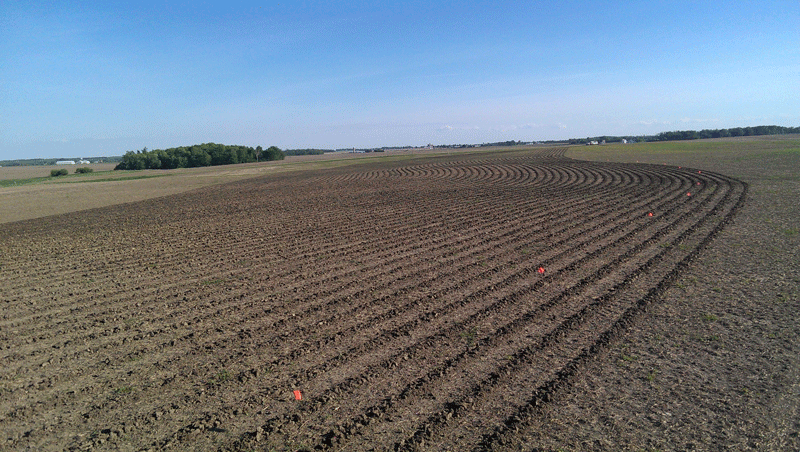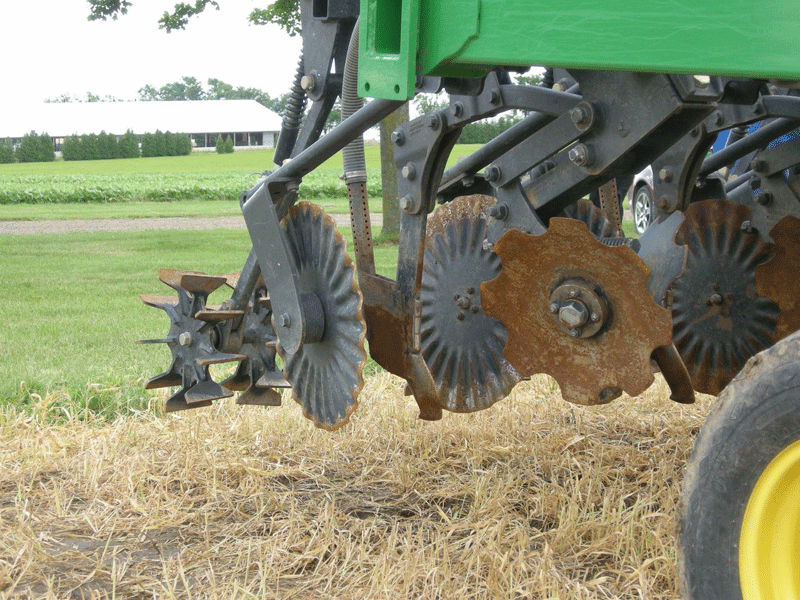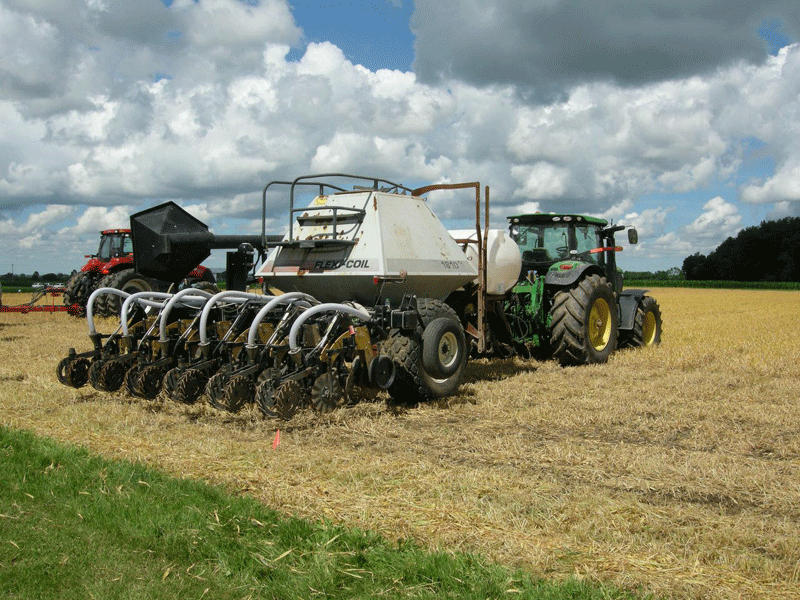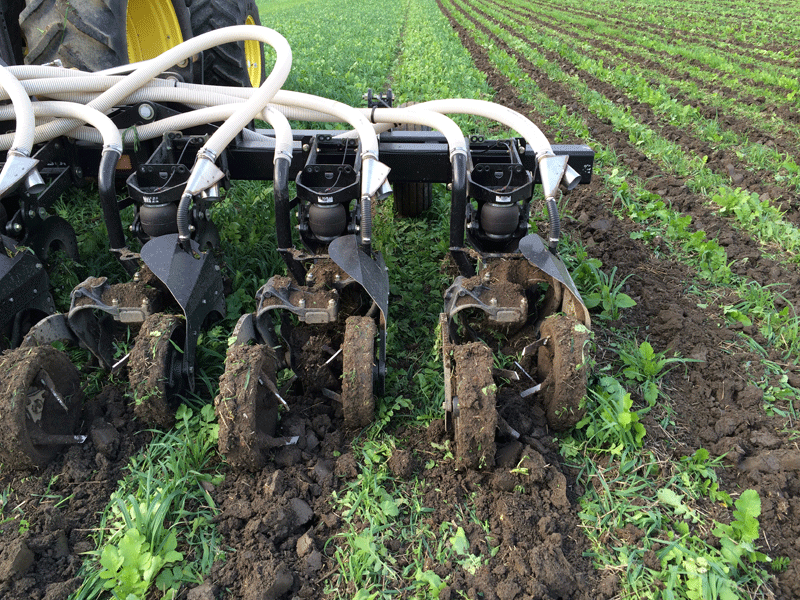Cropside: Strip tillage – trending now!
AGRONOMIC INFORMATION FROM ONTARIO'S CROP SPECIALISTS

STRIP TILLAGE FOR corn has had appeal for decades as a system that could offer the advantages of a worked seedbed but maintain the soil saving attributes of residue cover on a large percentage of the field. New developments in technology and techniques continue to push strip-till adoption; following are a few observations from the field.

SOIL CONSERVATION
The technology exists to now do strip tillage on the contour. Your GPS RTK tractor guidance can follow a contour setting and implement steering on the strip tiller can keep all the rows in-line. Residue cover and tillage on the contour — a nice combination to reduce soil erosion.

EQUIPMENT IMPROVEMENTS
Strip tillage equipment design continues to improve and offers a greater range of possibilities. Machines can now be shanked based or coulter based and this expands the options for both fall and spring strip tillage depending on soil type. In addition, soil levelling and crumbing devices assist in making a more uniform seedbed for those producers who are focusing on spring strip tillage.

FERTILIZER PLACEMENT
Strip tillage can be an opportunity to place fertilizer in the row zone. Banding phosphorous in the zone is a superior approach compared to broadcasting. Having dry fertilizer on the strip tiller instead of the planter can speed up the planting process. On soils that are testing medium or lower, research has shown fertilizer placement via spring strip tillage often out yields fall strip-till placed P and K. In some cases N can also be added to the zone in the spring but attention has to be paid to minimizing the risk of seed burn from fertilizer.

COVER CROP INTEGRATION
A significant number of producers interested in strip tillage are also very active in integrating cover crops into the system. In the late summer/ early fall period making fall strips before the cover crop gets too aggressive improves strip tiller performance and builds a better berm. In some cases cover crops are left over winter without any fall tillage, as confidence grows that a spring strip-till option can handle the residue and prepare a good seed zone. •








